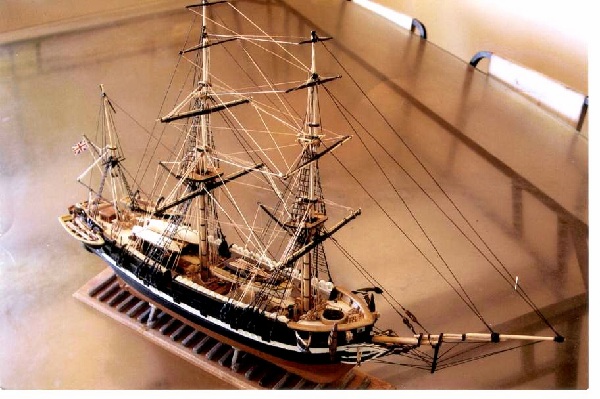 |
Boat Facts
|
| -- Constructed in approximately 1817 as one of 12 survey ships whose main purpose was to map distant coastal regions. Darwin joined the ship's third commission under Commander Robert FitzRoy. |
|
| -- Surveyed the coastal waters and harbors of various South America countries, Tierra del Fuego, The Galapagos Islands, Tahiti, and New Zealand during a voyage lasting almost 5 years. |
|
| -- Charles Darwin served as an unpaid naturalist on the ship at age 22. His journal became the book "The Voyage of the Beagle." Darwin's evolutionary ideas formed during his passage on the Beagle were written in his famous work, "On The Origin of Species." |
|
| -- After Darwin's Voyage, the Beagle was attached to Britain;s customs and excise department to apprehend smugglers. |
|
| -- In 1870, the ship was sold to scrap merchants. |
|
| -- Remains of a boat matching the Beagle may have been located in the marshes of Essex, east of London, buried under 12 feet of mud. |
|
|
|
